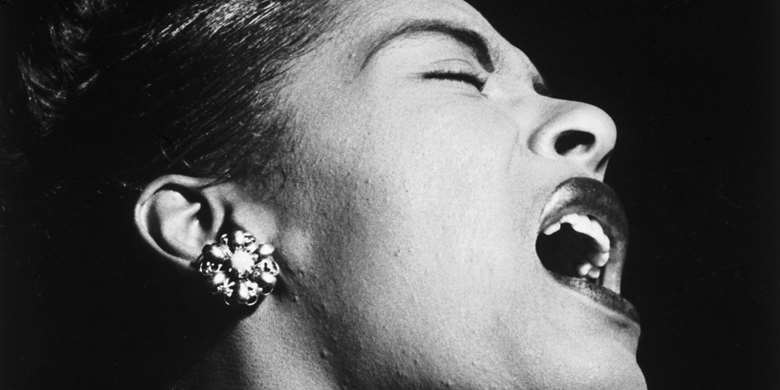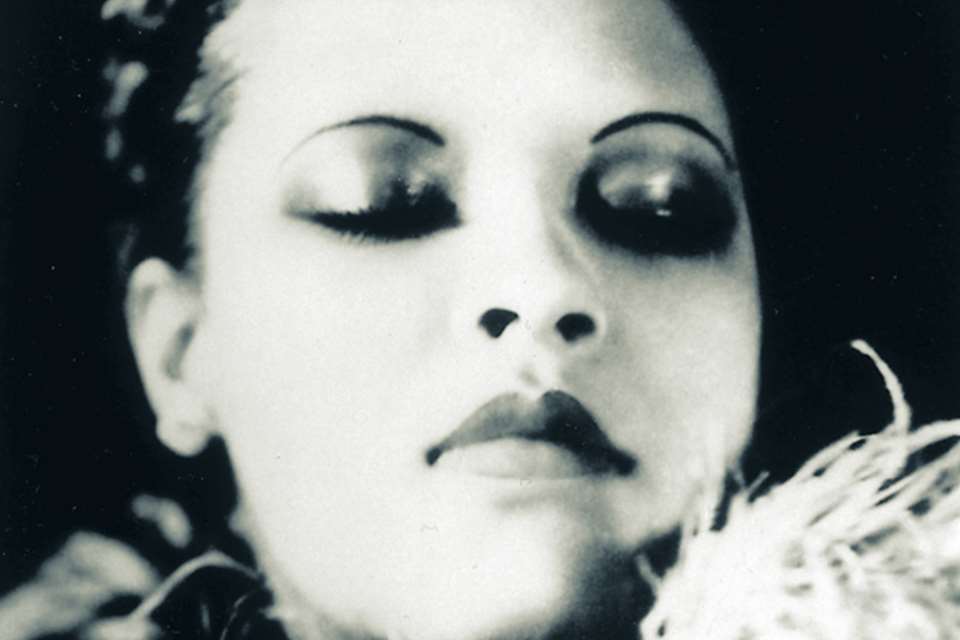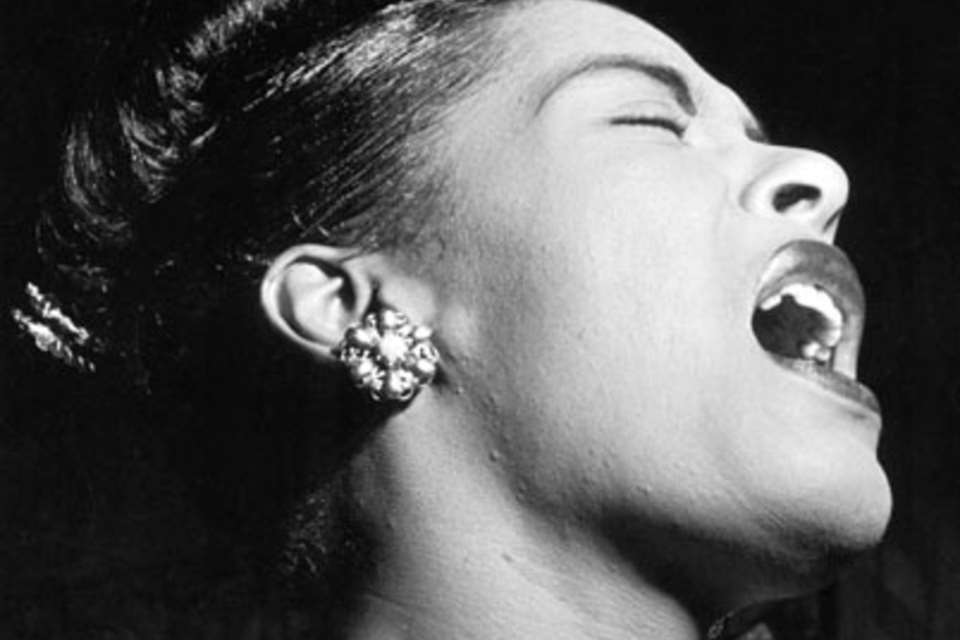Billie Holiday
Stuart Nicholson
A tragic childhood, a troubled personal life, addiction problems – but Billie Holiday rose above it all to become one of the greatest singers of the 20th century


Register now to continue reading

Thank you for visiting Jazzwise.co.uk. Sign up for a free account today to enjoy the following benefits:
- Free access to 3 subscriber-only articles per month
- Unlimited access to our news, live reviews and artist pages
- Free email newsletter

